A return to the original French names
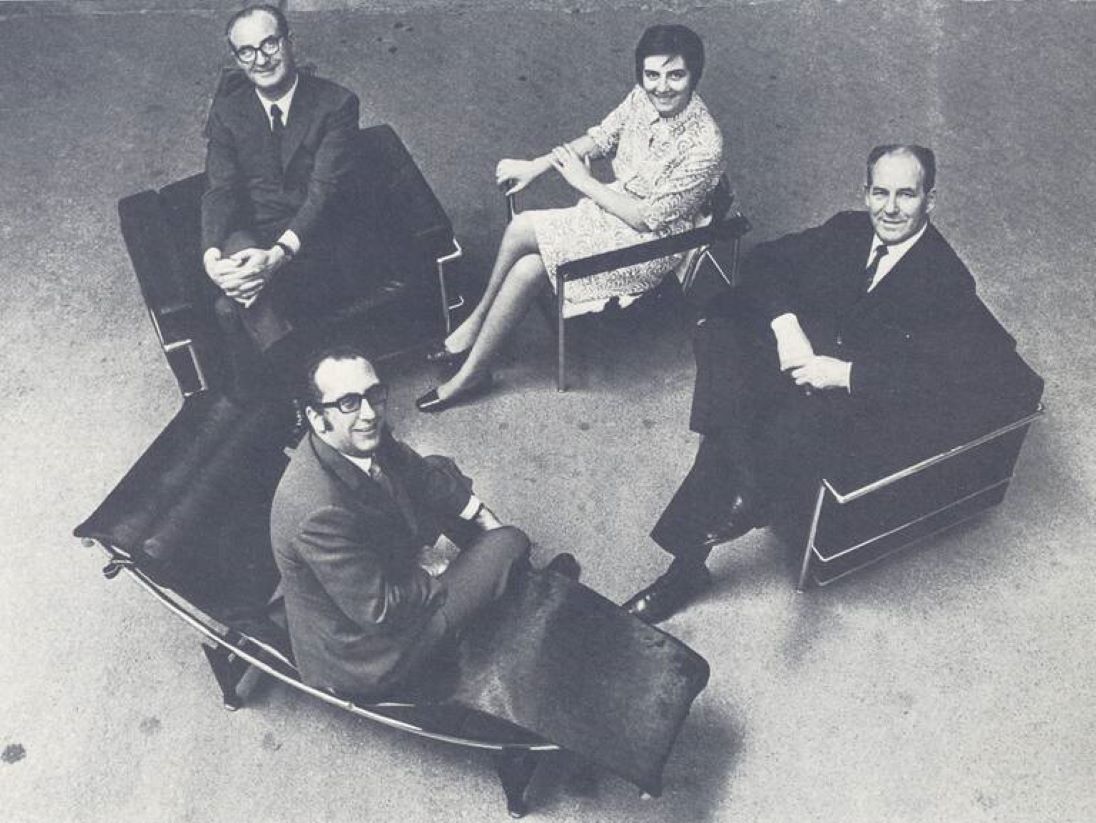
Cassina renews its collaboration with Fondation Le Corbusier, the heirs of Pierre Jeanneret, and Pernette Perriand-Barsac
Following the renewal of its collaboration with Fondation Le Corbusier, the heirs of Pierre Jeanneret, and Pernette Perriand-Barsac, Cassina has restored the original French names of Collection Le Corbusier / Pierre Jeanneret / Charlotte Perriand.
As a statement of authenticity in the run up to the 50th Anniversary of the Cassina i Maestri Collection later this year, these newly restored names are an acknowledgement of the complex and fascinating story behind Le Corbusier, Pierre Jeanneret and Charlotte Perriand’s collaborative endeavours.
The names of designs in Collection Le Corbusier / Pierre Jeanneret / Charlotte Perriand - widely known as the ‘LC series’ - will drop their LC initials in favour of their original French names, thus enriching their authenticity and historical accuracy in homage to the three designers. Model numbers preceding the French names will remain, giving informative context of the Collection’s adaptations and integrations. As such, those pieces from the Collection that are available to purchase through Aram will now appear as listed below:
- The LC1 becomes 1 Fauteuil a Dossier Basculant
- The LC2 becomes 2 Fauteuil Grand Confort, Petit Modèle
- The LC3 becomes 3 Fauteuil Grand Confort, Grand Modèle
- The LC4 becomes 4 Chaise Longue
- The LC5 becomes 5 Canapé Appartement Le Corbusier
- The LC6 becomes 6 Table Tube d’Avion
- The LC7 becomes 7 Fauteuil Tournant
- The LC8 becomes 8 Tabouret Tournant
- The LC9 becomes 9 Tabouret de Salle de Bains
- The LC10 becomes 10 Table en Tube
- The LC11 becomes 11 Table Pied Corolle
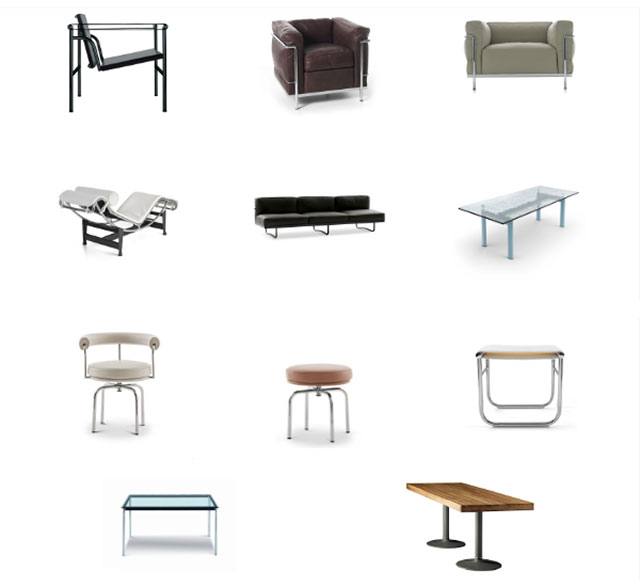
Now for their origin story…
Born Charles-Edouard Jeanneret in 1887, Le Corbusier was the son of a watch engraver and a music teacher. After studying watch engraving under Charles L’Eplattenier at the École des Arts Décoratifs in La Chaux-de-Fonds, Switzerland, he became interested in architecture and, encouraged by L’Eplattenier, was commissioned his very first villa in Le Chaux-de-Fonds in 1907. Upon its completion, he went to work at the architectural practice of the Perret brothers in Paris, travelling around Europe and making the acquaintance of influential architects including Henri Sauvage, Josef Hoffmann, Peter Behrens, Walter Gropius and Mies van der Rohe.
Pierre Jeanneret was born almost a decade later in 1896. After studying architecture at École des Beaux-Arts in Geneva, he embarked on a brief period of service in the Swiss Army. In 1920, he also left to work at the architectural practice of the Perret brothers in Paris. In 1922, while still working with the Perrets, Pierre began to collaborate with his cousin - who, by this time, was going by the pseudonym Le Corbusier - on Villa Berque in Paris.

Le Corbusier and Pierre Jeanneret. Date and photographer unknown. Image courtesy of Fondation Le Corbusier / ADAGP
In 1924, the pair established an architectural office at 35 rue de Sèvres, with the Cité Frugès commission in Pessac requiring them to work with a team of collaborators for the very first time.
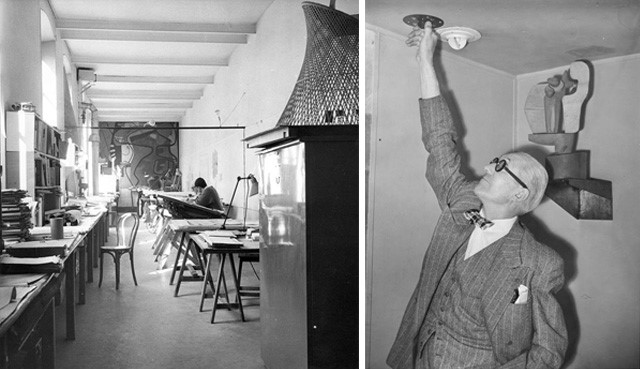
Left: Le Corbusier-Pierre Jeanneret atelier at 35 rue de Sèvres, Paris. Photographer: Ralph Alberto. Image courtesy of Fondation Le Corbusier / ADAGP. Right: Le Corbusier in his small office at 35 rue de Sèvres, Paris. Photographer: A Scarnati. Image courtesy of Fondation Le Corbusier / ADAGP
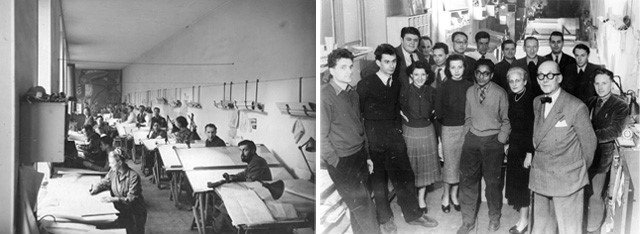
Left: The collaborators of Le Corbusier and Pierre Jeanneret at 35 rue de Sèvres, Paris. Image courtesy of Fondation Le Corbusier / ADAGP. Right: Le Corbusier with his collaborators at 35 rue de Sèvres, Paris. Photographer: Willy Rizzo. Image courtesy of Fondation Le Corbusier / ADAGP
Born in 1903, Charlotte Perriand was the daughter of a tailor and an haute couture seamstress. Going on to study furniture design under Maurice Dufrêne at École de l'Union Centrale des Art Décoratifs in Paris, preferring the title of ‘interior-architect’ she applied to work at the already prestigious Le Corbusier-Pierre Jeanneret atelier. In her memoirs, Perriand recalled how, when she arrived at the atelier looking for work, Le Corbusier glanced quickly through her drawings before proceeding to quip: ‘We don’t embroider cushions here,’ and sending her away. However, an invitation to her ‘Bar sous le toit’ (or ‘Bar under the roof’) installation at the Salone d’Automne in 1927, which was filled with her tubular steel furniture designs, saw Le Corbusier change his mind and hire her on the spot.
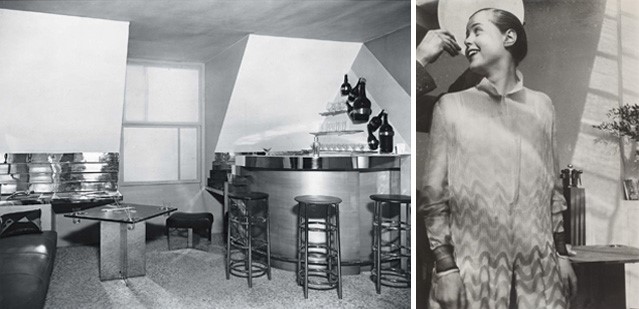
Left: ’Bar sur le toit’ installation at Salone d’Automne, 1927. Photographer: Therese Bonney. Right: Le Corbusier holding a plate behind Charlotte Perriand’s head as a halo, 1928. Photographer: Pierre Jeanneret
It was after Perriand’s arrival at the atelier, that the trio created a line of tubular steel furnishings, including a Tube d’avion table, closets, an armchair with a tilting back, a tilting chaise longue, and Grand Confort armchairs, which were exhibited in an apartment-interior at the Salon d’Automne in 1929.
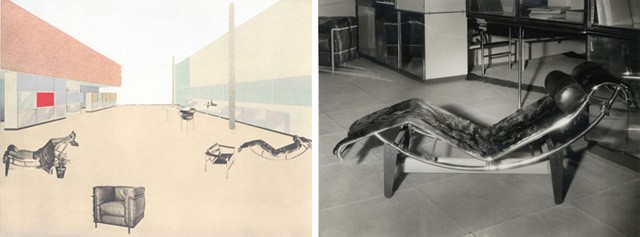
Left: Furniture presented at Salone d’Automne, 1929. Image courtesy of Fondation Le Corbusier / ADAGP. Right: Chaise Longue at the Salone d’Automne, 1929. Photographer: Therese Bonney
In 1934, Le Corbusier moved into an apartment-atelier at 24 rue Nungesser et Coli, where he would reside on the seventh storey surrounded by editions of the furniture presented at the Salone d’Automne. The three co-designers continued to work with one another at the atelier on a number of historic projects, with a romance between Pierre Jeanneret and Charlotte Perriand developing during this time!
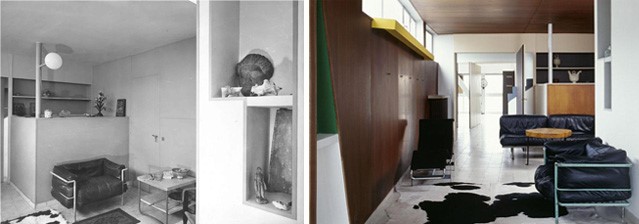
Left: Le Corbusier’s apartment-atelier at 24 rue de Nungesser et Coli, 1934. Image courtesy of Fondation Le Corbusier / ADAGP. Right: Le Corbusier’s apartment-atelier at 24 rue de Nungesser et Coli, 2005. Photographer: Oliver Martin Gambier. Image courtesy of Fondation Le Corbusier
In 1940, Perriand accepted an invitation from the Japanese government to advise the Ministry of Trade and Industry. Leaving Le Corbusier and Jeanneret for the opportunity of a lifetime, as war broke out and allegiances switched, she was unable to return to Europe and denied permission to flee to America. As such, she made Vietnam her home, marrying a local official with whom she shared her only child, Pernette.
In 1951, Le Corbusier and Pierre Jeanneret set out for a large-scale urban planning project in Chandigarh, India. With Le Corbusier leaving the project mid-way through, Pierre - ever the professional - became the Chief Architect and Urban Planning Designer, staying in Chandigarh for fifteen years, where he remains the better known of the Jeanneret cousins to this day.
It was during this time, that Le Corbusier became increasingly concerned with establishing a foundation for his work. He once wrote: ‘My family, the Jeannerets, will completely die out on the male side with the deaths of my elder brother, Albert Jeanneret, of myself and my cousin, Rudolf Jeanneret.’ Without a direct heir and fearing that his carefully conserved archives and works would become ‘the prey of bailiffs, lawyers and would-be heirs’, he spent the last fifteen years of his life conceiving and implementing, down to its smallest details, Fondation Le Corbusier.
As early as 1949, in a letter addressed to his friend Jean-Jacques Duval he had written: ‘Here at 24 rue Nungesser et Coli (and even at 35 Sèvres in a cellar), I have substantial archives of all kinds: drawings, writings, notes, travel diaries, albums, etc. I don’t want some hooligan happily pillaging it all, and destroying series whose value depends on their being complete.’
Having defined the foundation’s mission, he still had to draw up a legal plan, find premises to house the secretariat of the foundation (for which he persuaded Raoul La Roche, ‘as a bachelor with no direct heirs’, to donate the house he had built for him in Square du Docteur Blanche), restore Villa Savoye to turn into an international centre for the foundation, liaise with Musée National d’Art Moderne to store a larger collection of his paintings, sculptures and drawings, and draw up a list of the future members of the foundation’s Governing Board. The latter of which was under constant modification due to his changing moods and the mortalities of his peers. It was thus only in January 1960, that he finally wrote: ‘I here declare, for every eventuality, that I leave everything that I possess to an administrative entity, the “Fondation Le Corbusier”.’
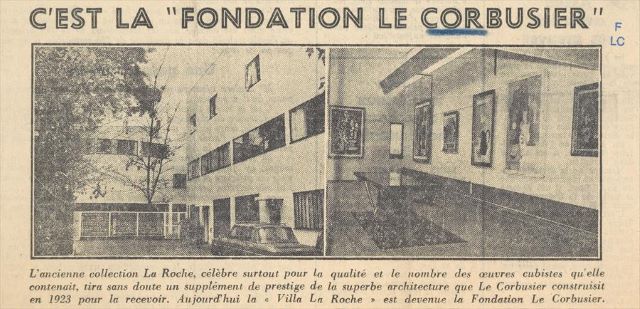
Image: La Montagne, November 1970. Image courtesy of Fondation Le Corbusier / ADAGP
It was not long after that Le Corbusier would meet his inevitable end, famously drowning in the ocean at Roquebrune-Cap-Martin while staying at Eileen Gray’s Villa E-1027 in 1965 (after going swimming against his doctor’s orders). It was also in 1965, that Cassina started to produce the furniture designed by Le Corbusier, Pierre Jeanneret and Charlotte Perriand all those years ago. And the same year that Pierre Jeanneret returned to Geneva due to his own ill heath, where he died just two years later.
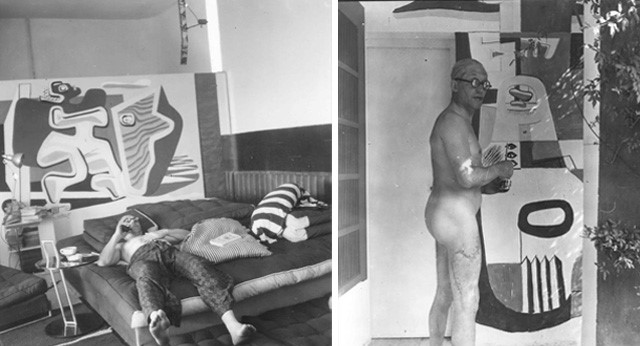
Both: Le Corbusier at Villa E-1027 at Roquebrune-Cap-Martin, 1939. Image courtesy of Fondation Le Corbusier / ADAGP
Surviving the Jeannerets by over thirty years, Charlotte Perriand - who had returned to Paris in the mid Forties - remained an active designer into her old age. In the Eighties she met Jacques Barsac, an award-winning documentary filmmaker who, at the time, was writing and directing a set of television films on Le Corbusier for the occasion of the late architect’s centennial. Barsac went on to marry Perriand’s daughter, Pernette. Together the couple would organise Charlotte Perriand’s archives, co-author books including Charlotte Perriand: Complete Works, Volumes 1-4, and co-curate memorable exhibitions including ‘Charlotte Perriand: Inventing a New World’ at La Fondation Louis Vuitton. These initiatives have helped to reshape society’s contemporary understanding of the designer’s contribution to the Modern Movement. With the establishment of Cassina i Maestri Collection in 1973, today Fondation Le Corbusier, the heirs of Pierre Jeanneret and Pernette Perriand-Barsac continue their guardianship of Collection Le Corbusier / Pierre Jeanneret /Charlotte Perriand. It is ultimately thanks to their involvement that we see the contemporary renewal of the Collection’s original French names.
Shop the Collection Le Corbusier / Pierre Jeanneret / Charlotte Perriand.
Main image at top shows: (clockwise from top left) Umberto, Adele, Cesare and Franco Cassina with designs from Collection Le Corbusier / Pierre Jeanneret / Charlotte Perriand produced by Cassina, 1965. Photographer unknown. Image courtesy of Cassina historical archives.